108. In order to solve this elegantly you need to understand that you can use [‘…’] instead of $… to access list elements (but you will get a list back instead of an individual element). So if you want to get the elements likelihood and fixef, you can write: modelset[[1]][c(‘likelihood’, ‘fixef’)] Now you want to do that for each element in.. For functions, this returns the concatenation of the list of formal arguments and the function body. For expressions, the list of constituent elements is returned. as.list is generic, and as the default method calls as.vector (mode = “list”) for a non-list, methods for as.vector may be invoked. as.list turns a factor into a list of one-element.

Create Matrix of Lists in R (Example) Merge Multiple List Objects matrix() & list
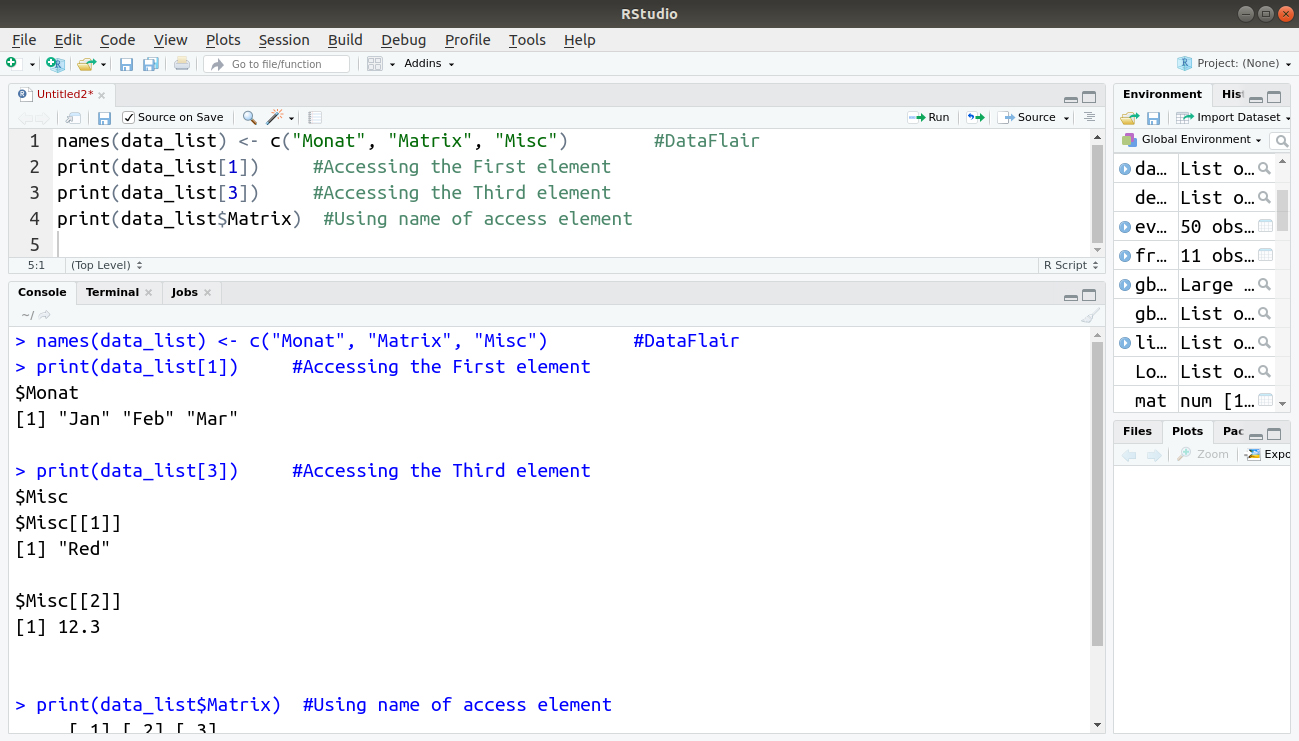
R List Learn what all you can do with Lists in R! DataFlair

Ready for Grade R Checklist School Diva

Creating Simple Dataset in R using Combine and Scan commandR Programming Tutorial R

Word Lists for R Sounds Speech Therapy Ideas
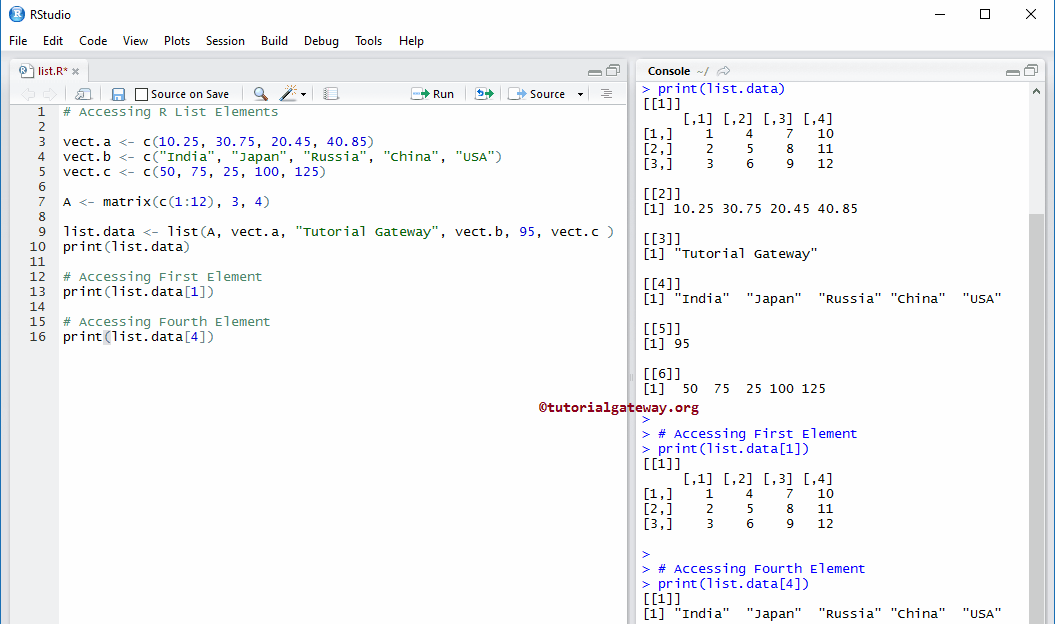
R List
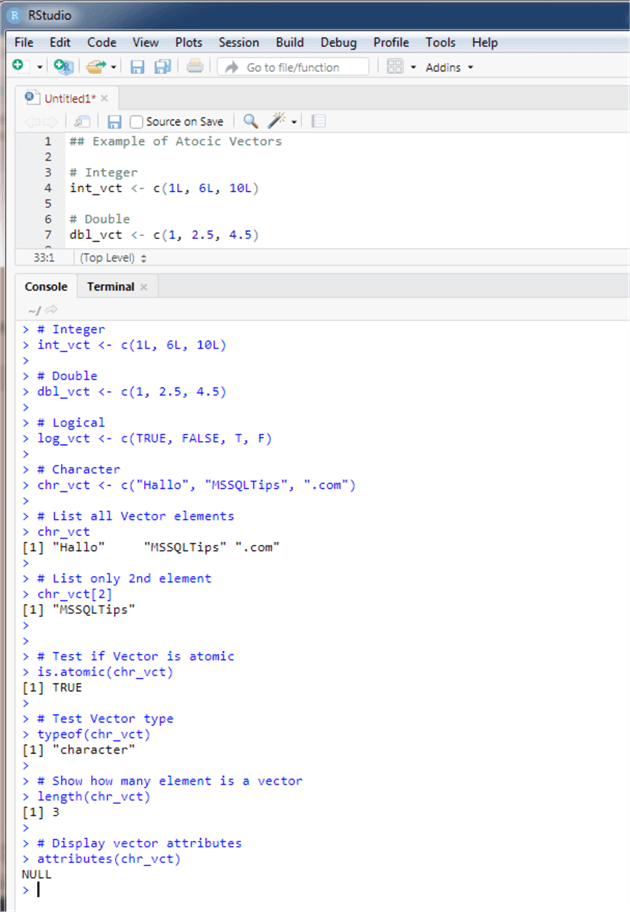
Top 12 List Dataframes In R Update
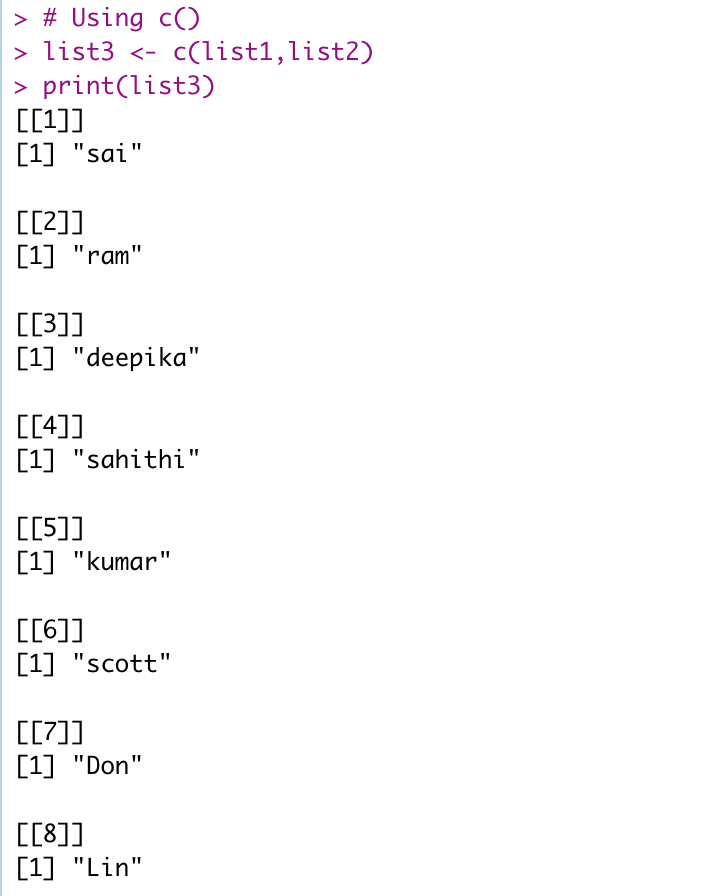
R Combine Two or Multiple Lists Spark By {Examples}
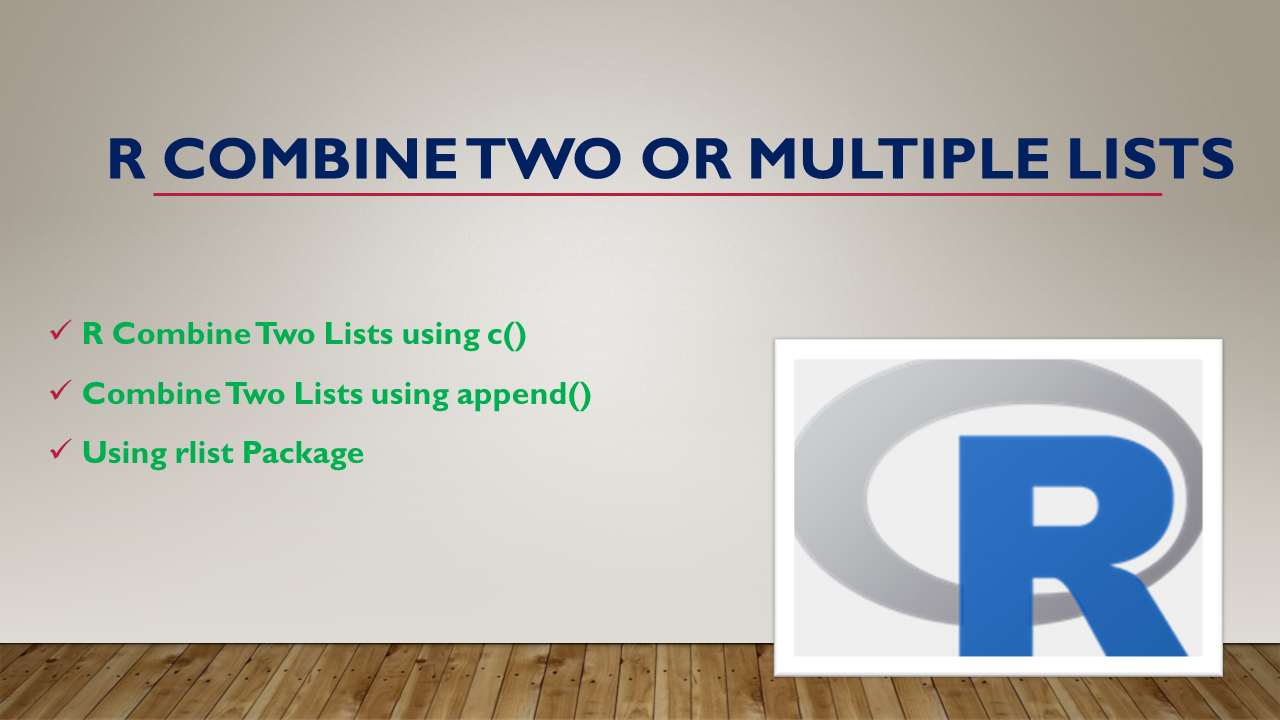
R Combine Two or Multiple Lists Spark By {Examples}
![150 R Controlled Vowel Words [Free Printable Lists] in 2022 R words list, Phonics instruction 150 R Controlled Vowel Words [Free Printable Lists] in 2022 R words list, Phonics instruction](https://i.pinimg.com/originals/60/2c/b8/602cb89c583c89ebad88476f3d4b77af.jpg)
150 R Controlled Vowel Words [Free Printable Lists] in 2022 R words list, Phonics instruction

5 R Objects HandsOn Programming with R
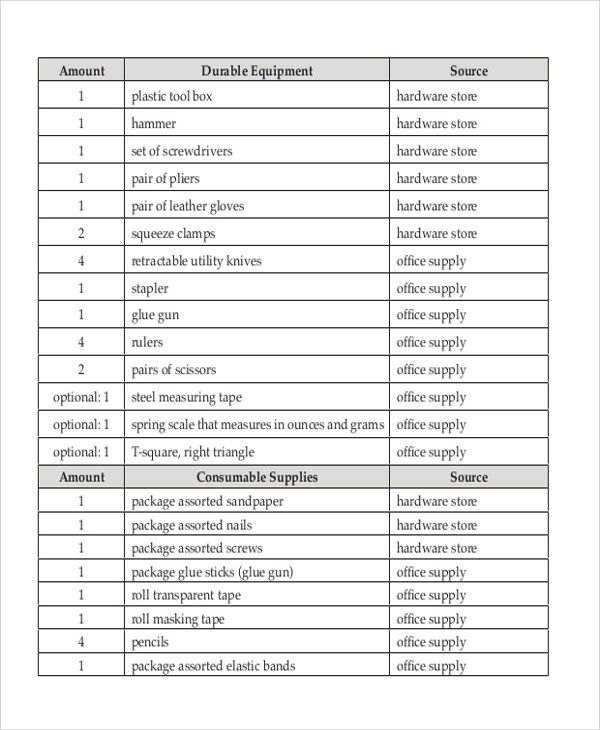
Materials List Template
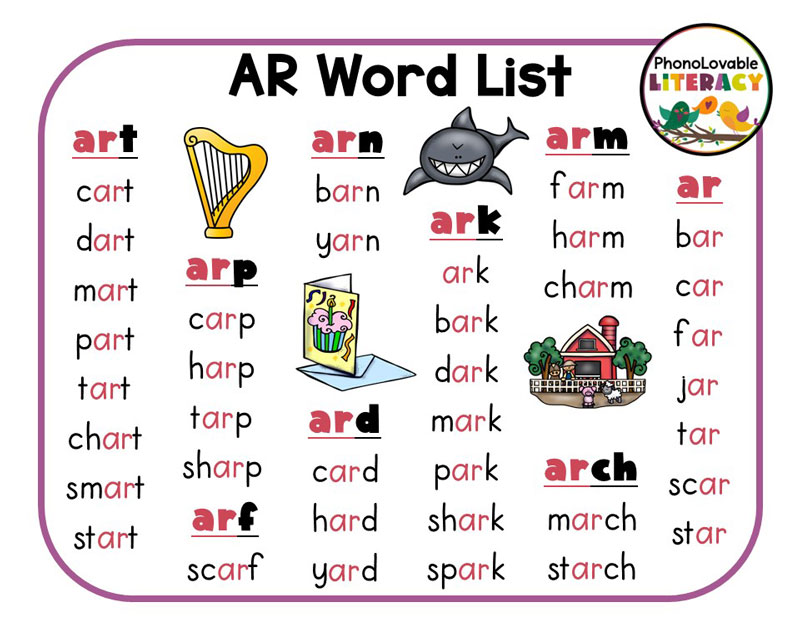
RControlled AR Words and 10 Easy Ways to Teach Them PhonoLovable Literacy

Working with lists in R YouTube

Python group or sort list of lists by common element YouTube

Create Nested List in R (2 Examples) Build List of Lists in forLoop

Combine Lists in R (2 Examples) How to Append Two List Objects
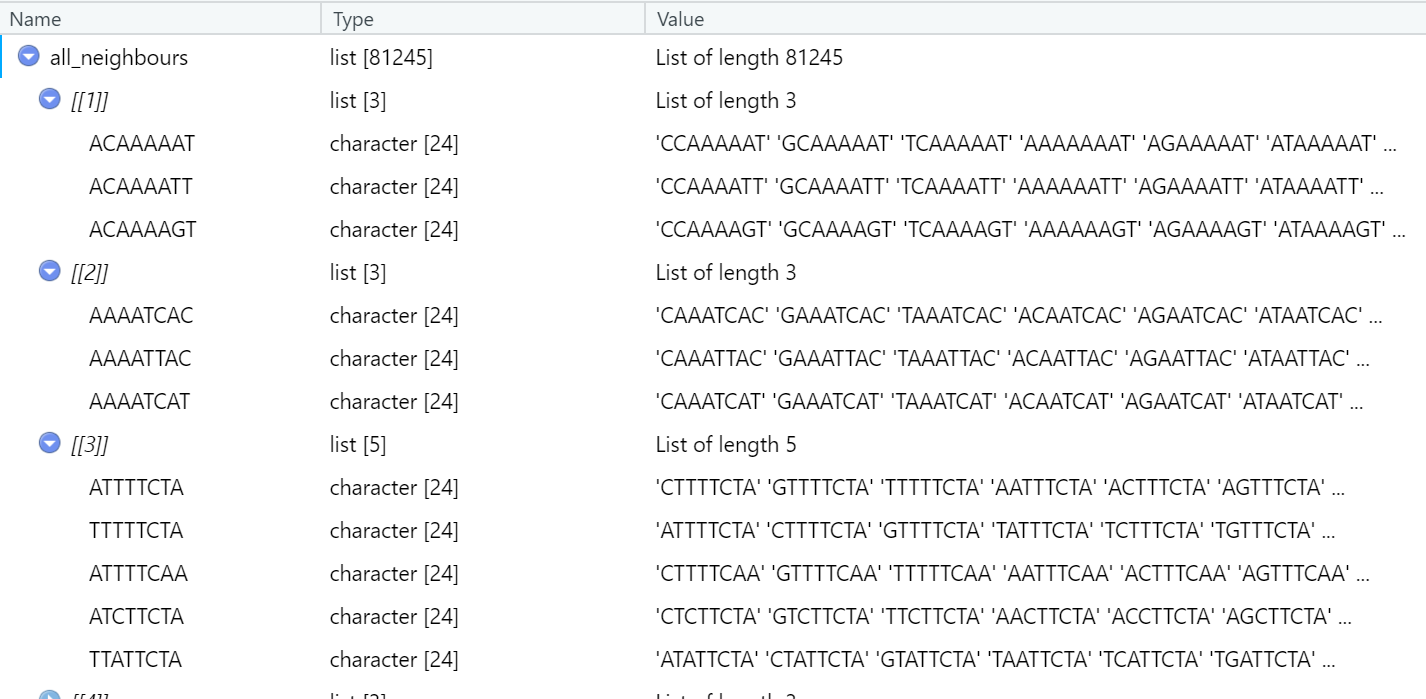
Creating new dataframe from list of lists General RStudio Community

r controlled vowels word list Print these Pinterest Phonics, English and Language
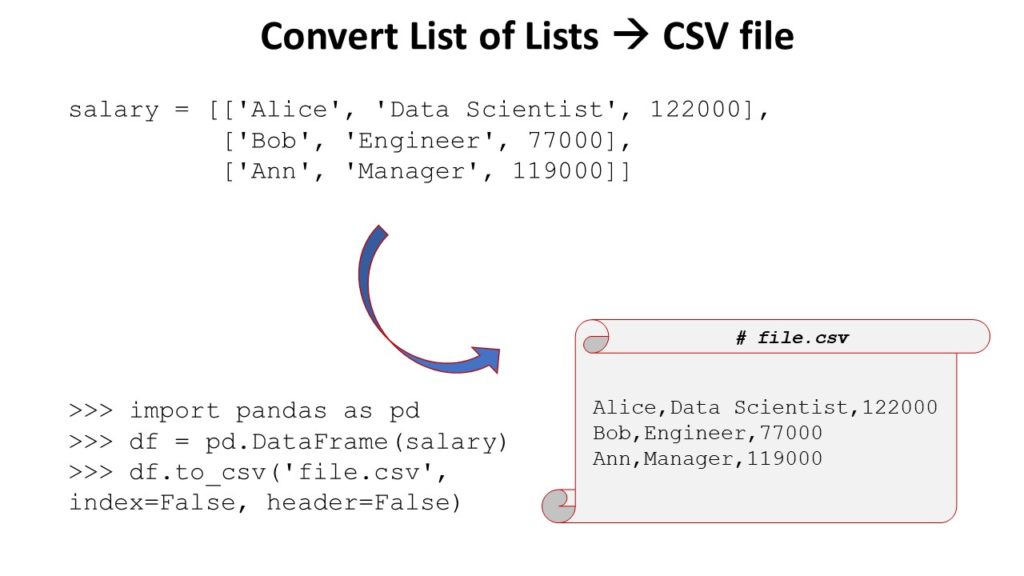
Python List of Lists A Helpful Illustrated Guide to Nested Lists in Python Be on the Right
List of 3. $ a:num 2.5. $ b:logi TRUE. $ c:int [1:3] 1 2 3. In this example, a, b and c are called tags which makes it easier to reference the components of the list. However, tags are optional. We can create the same list without the tags as follows. In such a scenario, numeric indices are used by default. x <- list(2.5,TRUE,1:3). Example: Create List of Lists in R. The following code shows how to create a list that contains 3 lists in R: #define lists list1 <- list(a=5, b=3) list2 <- list(c='A', d=c('B', 'C')) list3 <- list(e=c(20, 5, 8, 16)).